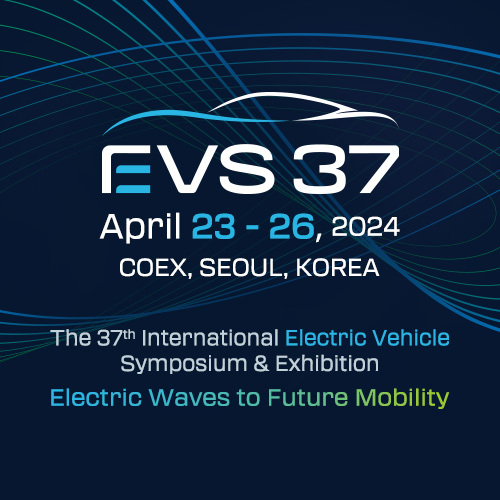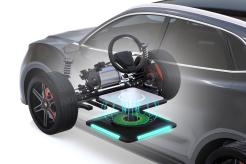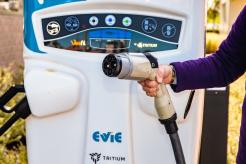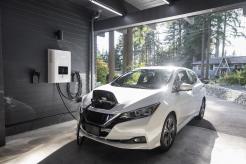During cold spells, EVs lose range. Additionally, their charging speed slows – and heating the interior saps even more energy from the battery. What are EV carmakers doing to increase range in cold weather?
Current EV Models Lose as Much as 25% of Their Range in Cold Weather
Consumer Reports testing revealed that many of the most popular all-wheel-drive electric vehicles lost nearly 25% of their range at 70 miles per hour during frigid weather. Even more startling, taking short trips in cold weather with frequent stops can cut an EV’s range nearly in half since heating the cabin after each stop is a must, especially in sub-freezing temperatures.
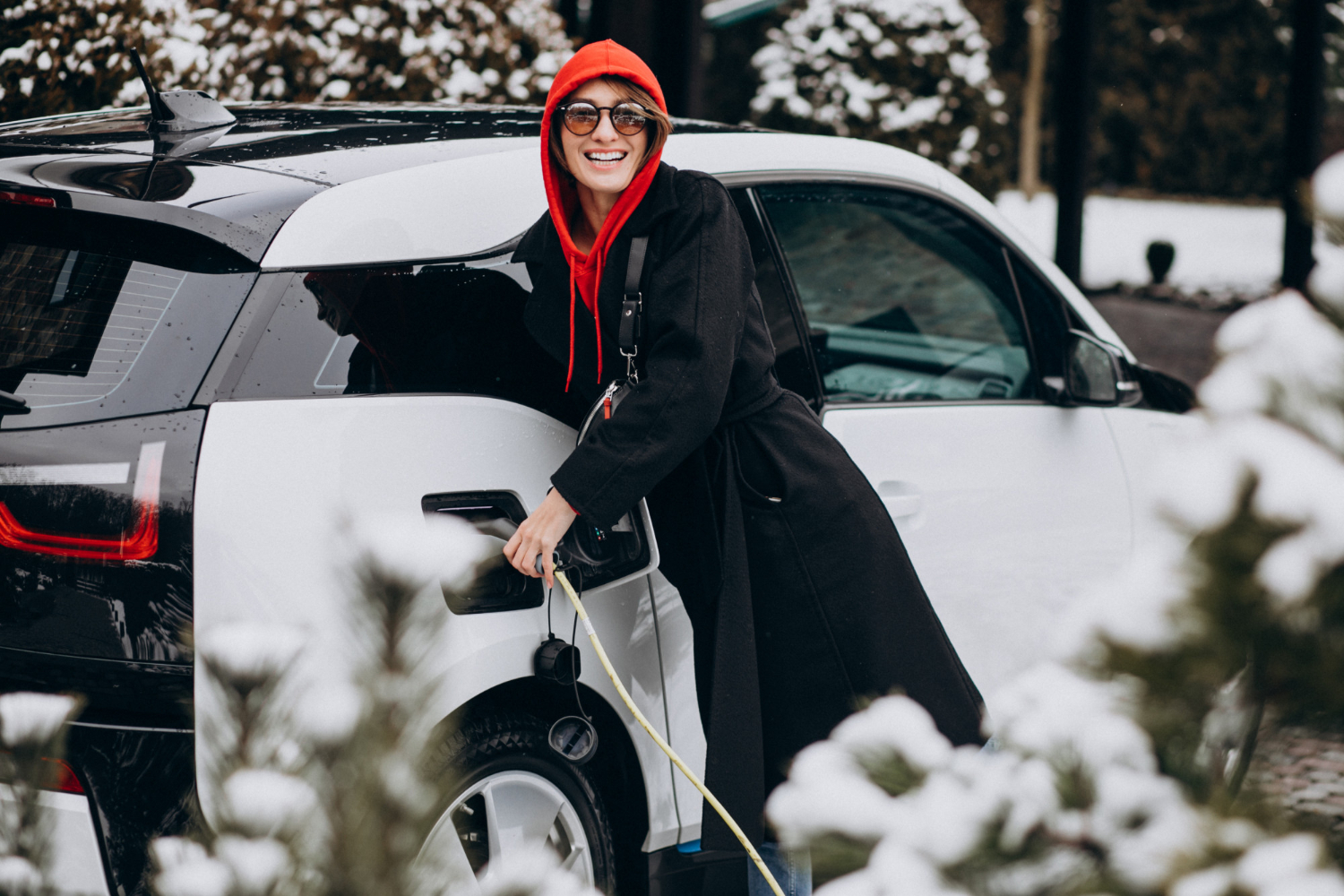 Image via Freepik
Image via Freepik
Gas and diesel vehicles draw heat from their engine, but EV batteries must maintain both cabin heat and power. If EV manufacturers want to increase the number of customers in areas where below-freezing temperatures are the norm rather than the exception, boosting EV range in cold weather must top their priority list.
It’s not only the cold winds of winter that cause EV owners to lose range. It’s the decreased daylight driving hours and the need to defrost vehicles’ windows that also complicate the situation, as the AAA points out.
And, with the national push to replace public transportation and school buses with electric vehicles, the need becomes even greater.
EV Researchers Race Toward a Solution
.jpg)
Thankfully, researchers are working on a solution to cold-weather EV charging and range, as AP News’ Tom Krisher and Mark Theissen report.
Heat Pumps as a Standard Feature
One such solution – using heat pumps to warm the cabin – is already on the market in several more recent EV models. Heat pumps can draw in heat from even cold air, as the New York Times’ Elena Shao points out.
Here’s why. An internal mechanism inside a heat pump’s compressor pushes liquid refrigerant through an expansion valve that transforms the liquid into a gas. During this process, the refrigerant becomes extremely cold, making the cold winter air warmer than the refrigerant. Since heat passes from warmer to cooler areas, the warm air flows into the car’s interior.
However, most carmakers don’t yet include heat pumps as standard features in their EVs. If you live in a cold-weather country and are considering an EV purchase, make sure that the model you buy has a heat pump.
Propane-Assisted Heat Pumps
A German electric motor manufacturer, ZF, developed a propane-driven heat pump that shows promise in extending electric vehicles’ cold weather range. According to Green Car Reports’ Stephen Edelstein, this new technology can extend an EV’s cold-weather range by one-third.
That’s huge. Until another all-electric alternative emerges, this development looks to revolutionize cold-weather EV performance.
ZF has already tested this game-changing technology in a concept car, the EVBeat, modeled after Porsche’s electric Taycan, as Jae O. Haroldsen reports in her Hydrocarbons21 post. The heat pump’s central thermal management system, the TherMaS, also can cool the car’s cabin – a definite plus.
The TherMaS uses a hermetically sealed R290 refrigerant circuit, controlling the car’s inverter, motor, and charging components with twin water coolant circuits. R290 is a type of pure propane free from ozone layer-destroying properties. The refrigeration and HVAC industries use R290 in various applications to replace environmentally harmful fluorocarbons.
This groundbreaking heat pump uses only half the refrigerant other heat pumps require, increasing its efficiency, as Haroldsen points out. It requires less energy to run, making it function better in the winter.
Since temperature control expends a large amount of an EV’s energy in cold weather, this technology could significantly improve EV performance during frigid winters. The device’s streamlined profile allows EV carmakers to integrate it easily into their vehicles’ design.
If ZF makes the heat pump available to a broad range of carmakers, this technology could be a valuable tool in EV carmakers’ arsenal. ZF plans to make the TherMaS system, along with the motor and inverter in their concept car, available in 2026.
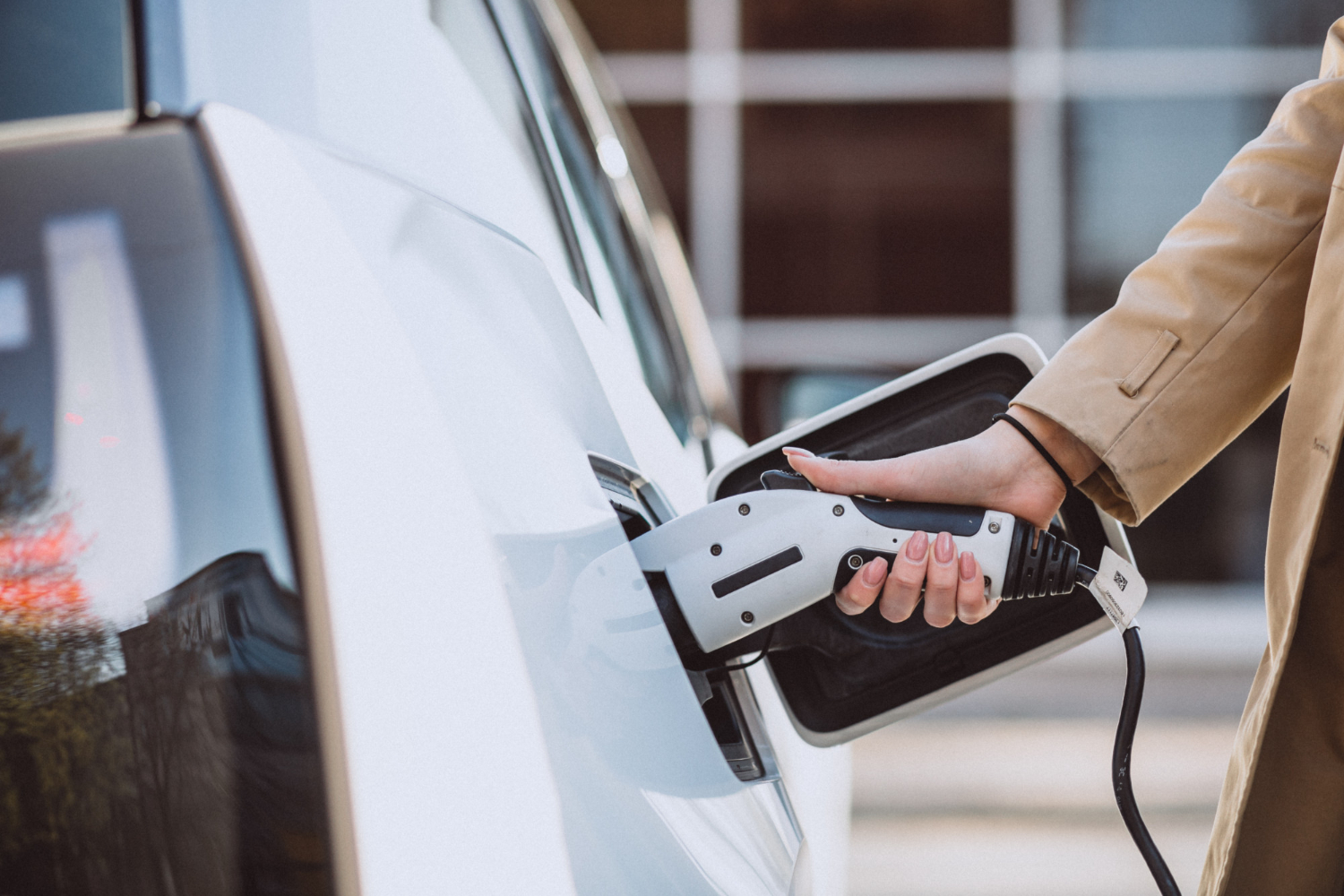
Flow Batteries
Flow batteries – which use a liquid electrolyte to pass energy into a vehicle – have encountered difficulty in cold weather since most liquids tend to freeze at cold temperatures. However, researchers have created an alternative to water-based solutions.
Using an acid with a low freezing point and high conductivity has great promise in building flow batteries that can function in cold weather, says its inventor, Hong Kong-based scientist Lu Yi-Chun. Should her idea come to fruition in a working EV flow battery, it could prove revolutionary for powering EVs in cold weather.
Solid-State Batteries
Since solid-state batteries use solids rather than liquids to generate energy, they are more dependable in cold weather, as The Verge reports. Both Volkswagen and Toyota have developed production-ready solid-state EV batteries.
Volkswagen’s Solid-State EV Battery
The Volkswagen battery, the article points out, should be ready for production by 2024. Other advantages, too, make it an attractive option for EV owners. The Verge says this battery will have an 80% range advantage over lithium-ion EV batteries and retain 80% of its capacity after 800 charging cycles.
Even better, it presents no safety risk since the battery is non-combustible. It can function at temperatures as low as -30 degrees Celsius and charge faster than lithium-ion batteries.
Toyota’s Solid-State EV Battery
Although EV enthusiasts will have to wait until 2027 to purchase a vehicle with a Toyota solid-state battery, it looks well worth the wait. It is more resistant to cold and looks to have a 745-mile range and charge in only 10 minutes.
Those capabilities will give a Toyota battery-powered car a longer range and about the same fueling time as a gas or diesel vehicle. Additionally, it will weigh about half that of a conventional lithium-ion battery, making it safer in an accident.
Learn More About the Latest Developments in EV Technology at the EV Charging Summit & Expo
These revolutionary breakthroughs in cold-weather range extension are only a few of the groundbreaking technologies you’ll discover when you meet with the EV industry’s greatest minds at the next EV Charging Summit & Expo.
And that’s not all. Whether you’re interested in financing your own EV charging infrastructure company, marketing your current company, or navigating the regulatory waters, you’ll find it there. Reserve your spot today!

